24 Hours Hotline: +86 137-3541-1378
Email:xian@tripstoshanghai.com
24 Hours Hotline: +86 137-3541-1378
Email:xian@tripstoshanghai.com
Luoyang - City of Peony
Luoyang is located in the middle reaches of Yellow River in the western part of Henan Province. It was the capital of nine dynasties starting from 770 B.C. The Chinese government has paid special attention to the protection of historic city, although its ancient sites have lost much of their original grandeur after so many changes in history.
Luoyang today is an important industrial city. Since 1953, more than a dozen large-size industrial enterprises have been established here; major products are tractors and bearings. Luoyang is known as the "city of peonies," and the best time to visit it is in late spring when the peonies are in full bloom. It is said that Empress Wu Zetian (624-705) of the Tang Dynasty once decreed that all the flowers in her royal garden in the capital Chang'an (today's Xi'an) were to bloom in deep winter. The flowers, afraid of the power of the Empress, all bloomed, except for the peony. This enraged the empress, who ordered the peony degraded and moved to Luoyang. Since then, the plant flourished here.
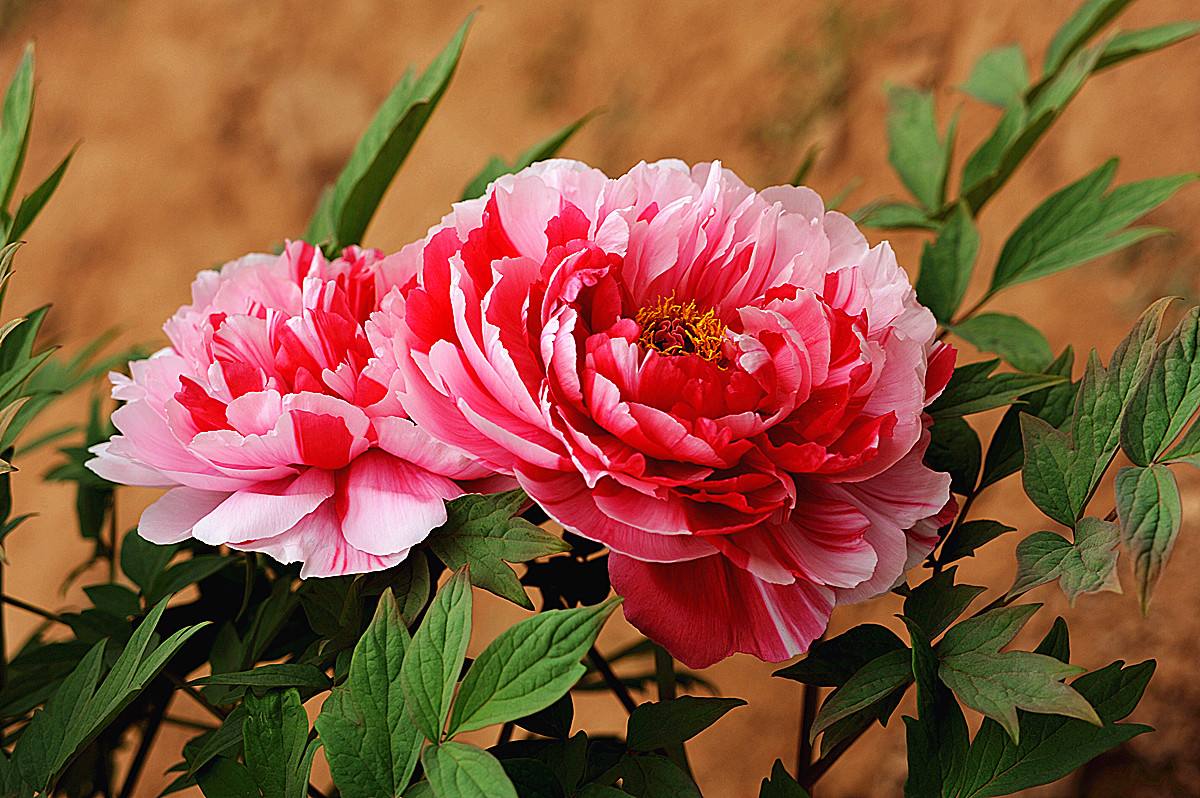
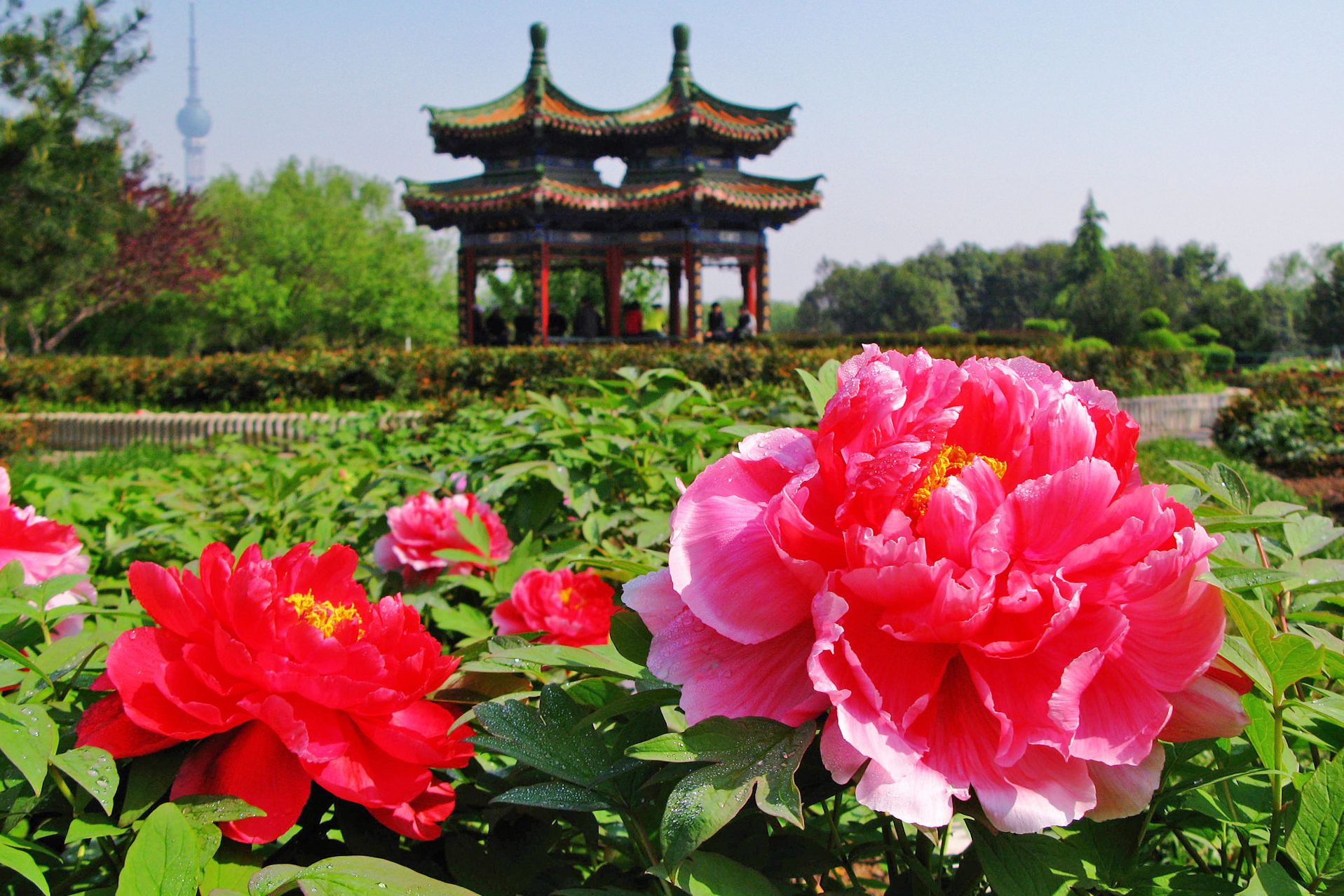
Longmen Grottoes
Locate twelve kilometers south of Luoyang, the Longmen Grottoes are among the greatest treasure troves of ancient stone carving in China, together with Dunhuang in the northwestern province of Gansu and Yungang in the northern province of Shanxi.
The work on these grottoes began in 494 during the Northern Wei Dynasty and continued for more than four hundred years in the ensuing Sui and Tang dynasties. The grottoes are cut into precipitous cliffs on both banks of the Yishui River, and stretch for over a thousand meters from south to north. The existing 2,100 caves and niches contain more than 100,000 statues of Buddhist figures in various postures, the largest rising over seventeen meters and the smallest only two centimeters. There are also 3,600 inscribed tablets and forty pagodas here.
The stone sculptures at Longmen represent a new height on the art of stone carving and the development of Buddhism in China. The largest Buddhist monastery at Longmen, the Fengxian Temple, in particular, contains the most exquisite works of art among the grottoes and represents the best stone carving techniques of the Tang Dynasty Emperor Gao Zong (650-683) gave to his wife, Empress Wu Zetian for cosmetics.
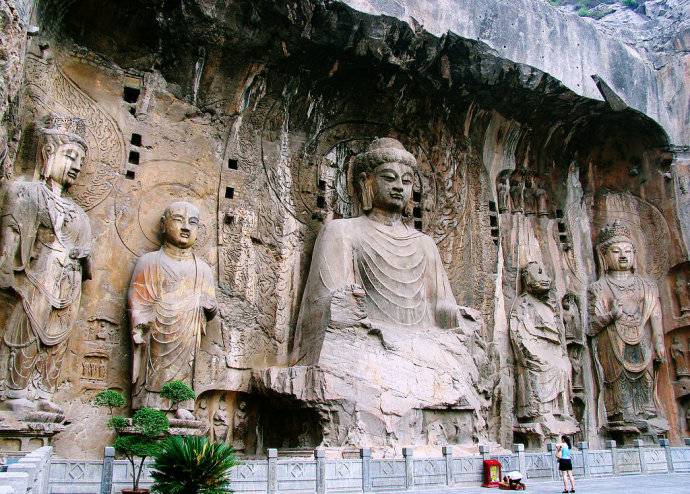
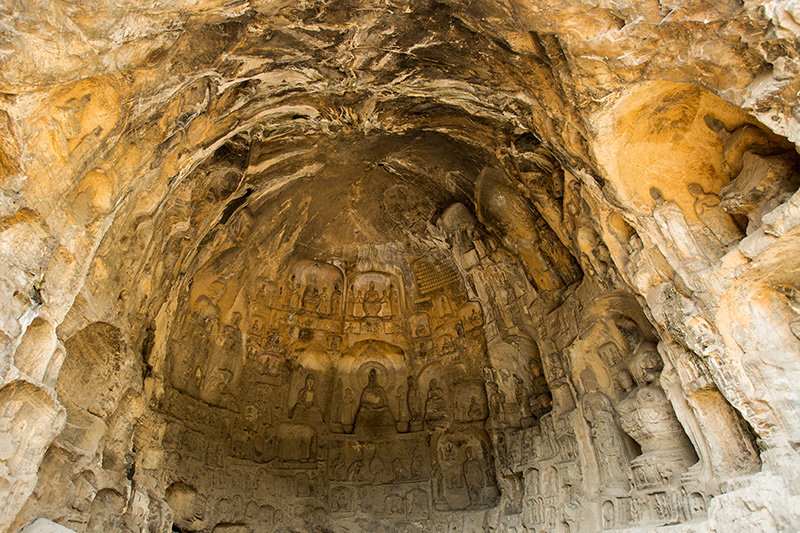
Soup Culture
In ancient times, Luoyang was said to be the middle part of the world and a great city of China. Food, as part of the Chinese culture, has changed with times and places. Luoyang used to be the capital city of 13 dynasties. In the 1950s, due to the fast development contributed by migrants, Luoyang food became diverse. Luoyang is surrounded by mountains with little rainfall, so local people like drinking soups. No matter it's morning, noon time or the evening, Luoyang people enjoy drinking soups. The Water Banquet, mainly with soup, has become the national feast and Luoyang's pride. Therefore, the essence of Luoyang food is concluded in one word, soup.
Luoyang has about 30 kinds of soups. The materials include mutton, beef, donkey meat, tofu and meat balls. The beef soup is very delicious. It is made with Chinese red pepper, anise, Chinese cassia tree and amomum tsao-ko. Luoyang has many soup restaurants. Most of them are small and the soups are cheap.That is an advantage that attracts people.
Luoyang Bufan Soup is sour, spicy, salty and nice. With a history of 120 years, it is a very typical local dish. It is called as 'Jiufumen BuFan Soup' by local people. It is cook with needle mushroom, leek, seaweed and coriander.Hula Soup also has a history of 100 years. It is cook with powder, meat, peanut, needle mushroom, garlic, Chinese yam, salt, soy sauce, pepper, ginger and pepper.
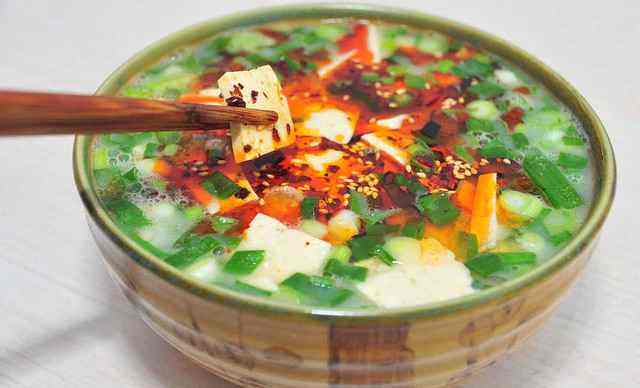
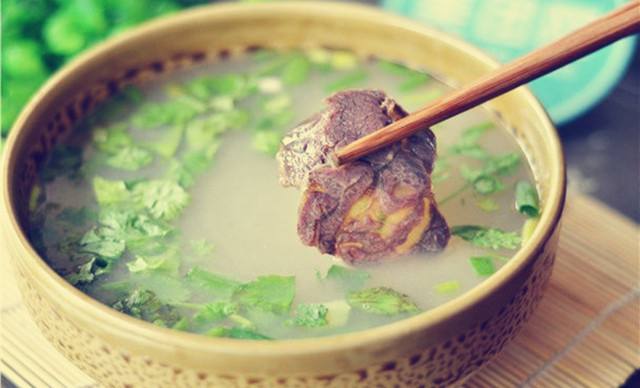
Mysterious Heluo Culture
"He" refers to the Yellow River, regarded as the mother of the Chinese civilization and headspring of Chinese culture, and "luo" to the Luoshui River. Heluo Culture originated in their confluence. The semi-mythical Xia Dynasty, established in the 21st century BC, was the first hereditary dynasty in Chinese history. Its imperial palace and center of activities were situated around Luoyang. China's earliest historical documents Hetu and Luoshu were buried and excavated here.
What was the original configuration of the Hetu and Luoshu? So many millennia having passed, there is no definite answer. Historical records and other surviving relics suggest that they were produced during Luoyang’s early period of human habitation. Chinese ancients incised images of natural phenomena on tortoise shells and animal bones and heated them to see how the materials cracked around these pictograms. This was the earliest form of divination in China. The traditional classic The Book of Changes evolved from these arcane practices here in Luoyang.
The Confucian classic The Book of Changes encapsulates the essential wisdom of Chinese ancients and is also the theoretical origin of natural philosophy and humanistic practices in China’s traditional cultures. The work has exerted profound impact on the nation’s politics, economy and culture throughout Chinese history. In early human society, Chinese ancestors, unequipped with scientific explanations for certain natural and social, as well as physiological phenomena, looked to the gods in their efforts to predict the future and so gain advantages and avoid harm. The Book of Changes was treated as a textbook that perfectly represented the will of the gods. It thus gradually transformed from a divination medium to a philosophy on the correct administration of state affairs to ensure national security. It also provided a model for appropriate human behavior and commendable characteristics.
In the late 1950s, archeologists discovered, 30 km east of Luoyang, the Erlitou Site that originated in 1750-1500 BC, a time parallel to that of the Xia Dynasty according to ancient records. They excavated everyday dwellings, palaces, potteries, copper-casting workshops, cellars, caverns and tombs. The site also contained large numbers of unearthed vessels and utensils, including stonewares, ceramics, jadeware, bronzeware, horn implements, and clamware. Among them was the three-legged, loop-handled bronze jue, the earliest known wine vessel. The Erlitou Site is believed to be the earliest imperial capital.
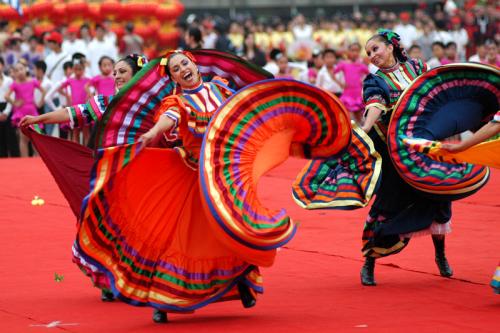
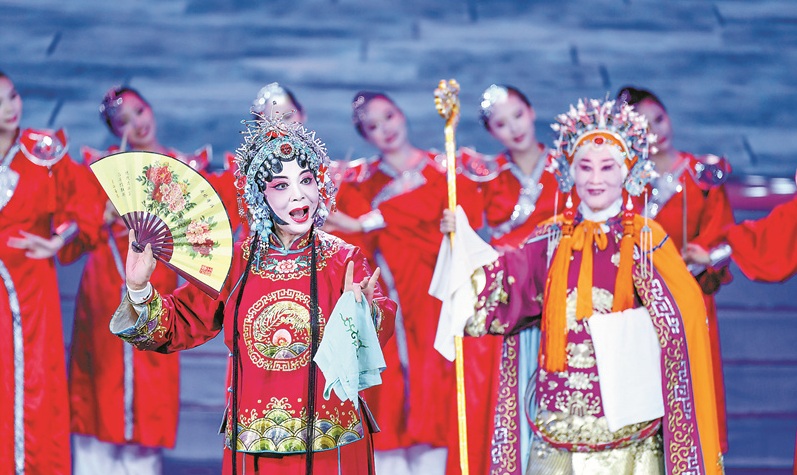
The Tang Dynasty and Buddhism
After the Xia Dynasty, 13 dynasties established their capitals in Luoyang. Among them the Tang Dynasty (618-907) was the most eminent and prosperous.
Chang'an (now Xi'an in northwestern China's Shaanxi Province) was the original Tang Dynasty capital, but inconvenient transportation hampered its access to bountiful commodities. Luoyang was hence chosen as the accompanying capital, and later became the national economic center. The third Tang Dynasty emperor Li Zhi and his empress Wu Zetian, who later acceded to the throne, lived in Luoyang for many years. Empress Wu became ruler of China in 690, and moved the capital from Xi’an to Luoyang, changing its name to Shendu, or capital of the gods. Wu was the sole regnant empress in Chinese history.
During Empress Wu Zetian's reign, she reformed the system of personnel selection to one where recruitment was based on ability rather than family connections, and paid close attention to agricultural production. She thus laid a solid foundation for the succeeding heyday. She at the same time embraced Buddhism and showed deep respect for eminent monks, treating them as mentors and presenting them with imperial gifts. All this dramatically heightened the social status of both Buddhism and Buddhist monks. During her rule she acted as a patron of Buddhist temples and carvings, and also spent a great deal on translating Buddhist sutras. Buddhism thus flourished in China.
Listed as the World Cultural Heritage, Luo-yang's Longmen Grottoes, on a one-km-long stretch of cliffs, house 97,000 or more Buddhist statues. Among them the tallest stands 17.14 meters high and the smallest measures just two centimeters. The Longmen Grottoes, dug around the year 493, later went through more than 400 years’ large-scale construction. Built during Empress Wu's rule, the grottoes account for two thirds of the total number of statues sculpted during the Tang Dynasty. Records show that Empress Wu made a personal donation of "20,000 strings of rouge and powder money" to complete the Vairocana Buddha, whose face was a likeness of her own.
The Vairocana Buddha is the tallest of all statues in the Longmen Grottoes. The head is four meters high, with a plump round face and crescent moon-shaped eyebrows above amiable, heavy-lidded eyes that observe the mortals at her feet. The Buddha's enigmatic, subtle smile signifies inner peace and tranquility, and its robe patterned with concentric lines accentuates the head's dignified ethos. This Buddha epitomizes the perfect combination of divinity and humanity.
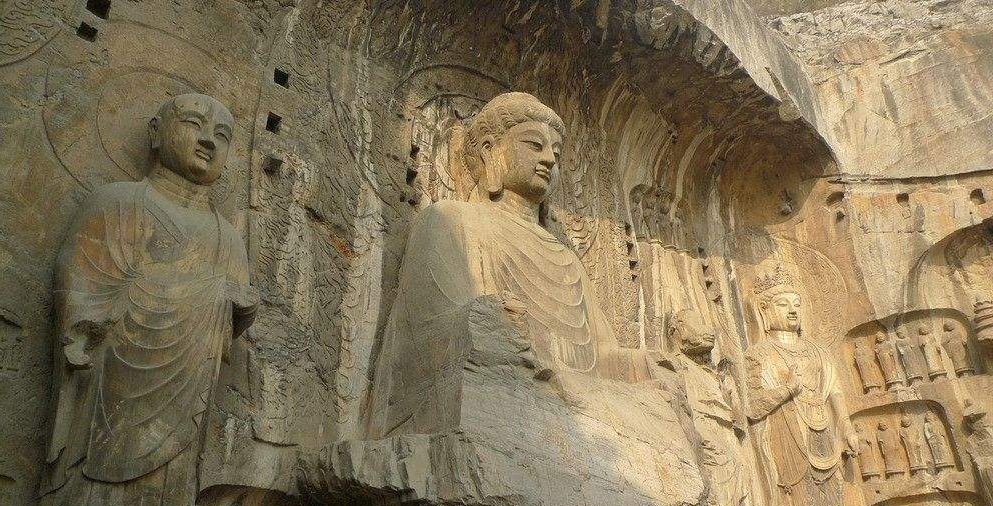
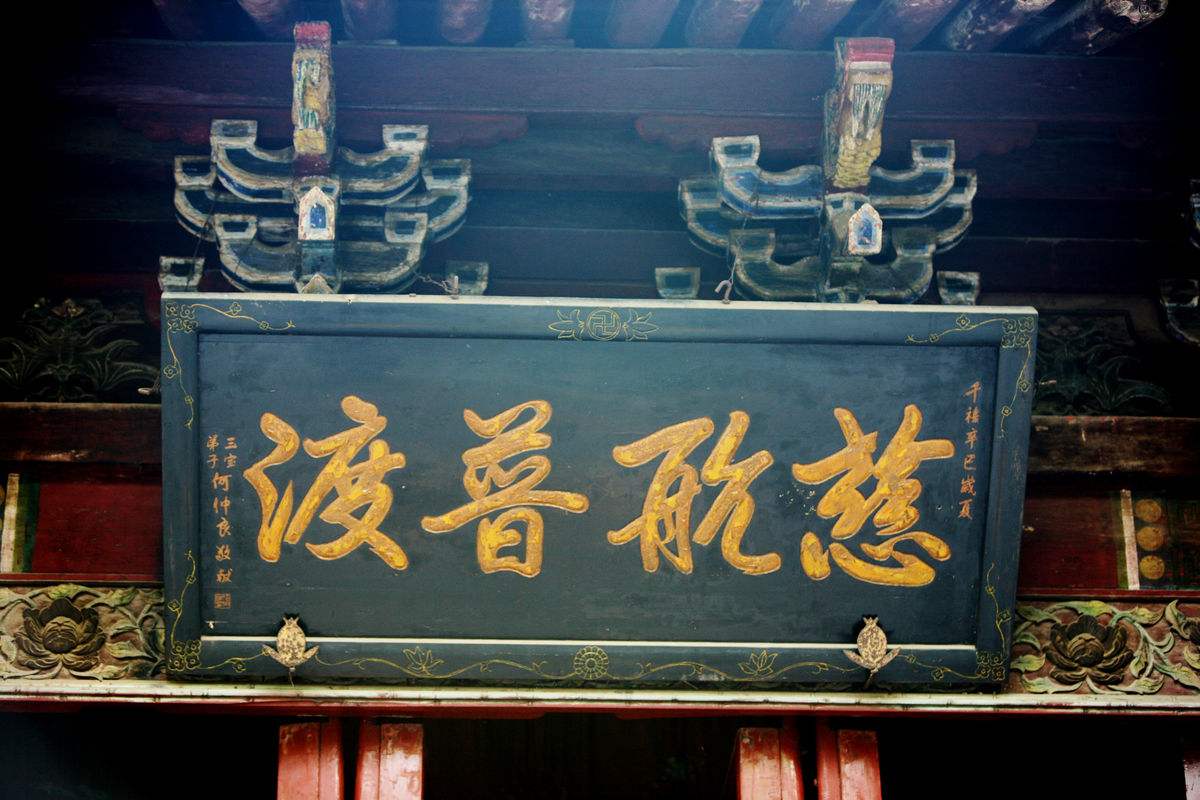
Prev: Luoyang Dining
Next: Luoyang Attractions
Wechat: Chinaprivatetour
24 Hours Hotline:
+86 137-3541-1378
* Authentic Experiences: Genuine local experiences that immerse you in the true essence of Xi'an and beyond.
* Safety First: Highest safety standards with secure activities and reliable transportation.
* Customizable Tours: Flexible itineraries tailored to your interests and needs.
* Local Expertise: In-depth knowledge of Xi'an and China, offering exclusive insights.
* Professional Guides: Licensed bilingual guides with over 5 years of experience.
* Comfortable Travel: Experienced drivers and well-maintained vehicles for a smooth journey.
* Sustainable Tourism: Commitment to responsible tourism and supporting local communities.
* Customer-Focused: Personalized service and continuous improvement based on your feedback.
* Free Cancellation: Cancel up to 24 hours before travel for flexibility and peace of mind.
* 24/7 Support: Round-the-clock assistance for any questions or help needed.
(Your Privacy is Protected)
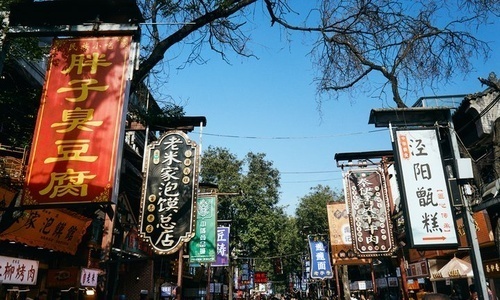 Xi'an Muslim Quarter Travel Guide: Street Food, Culture & Nightlife
Xi'an Muslim Quarter Travel Guide: Street Food, Culture & Nightlife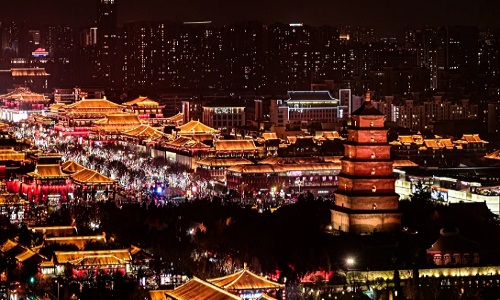 Exploring Grand Tang Mall Xi'an: Shopping, Dining, and Entertainment in the Heart of the Ancient City
Exploring Grand Tang Mall Xi'an: Shopping, Dining, and Entertainment in the Heart of the Ancient City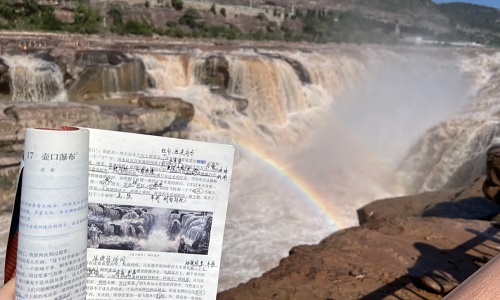 Hukou Waterfall Travel Guide: Visiting the Yellow River’s Most Spectacular Hukou Waterfall from Xi'an
Hukou Waterfall Travel Guide: Visiting the Yellow River’s Most Spectacular Hukou Waterfall from Xi'an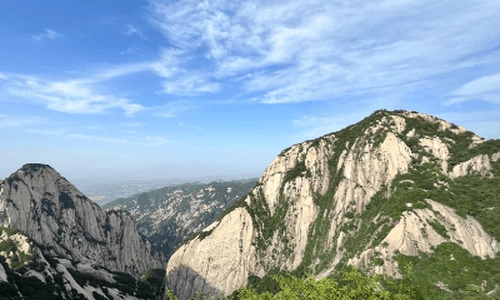 Huashan Mountain Travel Guide: Hiking the Most Dangerous and Beautiful Peak in China
Huashan Mountain Travel Guide: Hiking the Most Dangerous and Beautiful Peak in China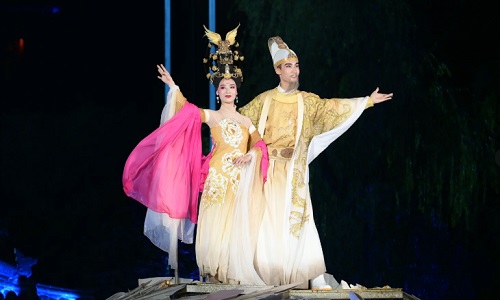 The Song of Everlasting Sorrow: A Timeless Tale of Love and Tragedy in Xi'an
The Song of Everlasting Sorrow: A Timeless Tale of Love and Tragedy in Xi'an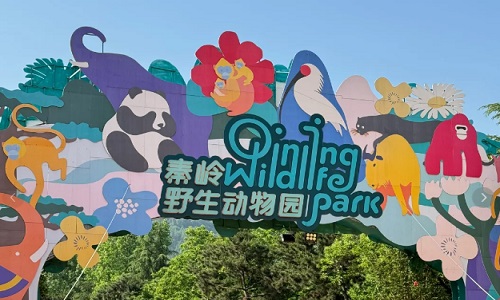 Xi’an Qinling Wildlife Park Travel Guide: Explore the Best Zoo Experience in Xi’an
Xi’an Qinling Wildlife Park Travel Guide: Explore the Best Zoo Experience in Xi’an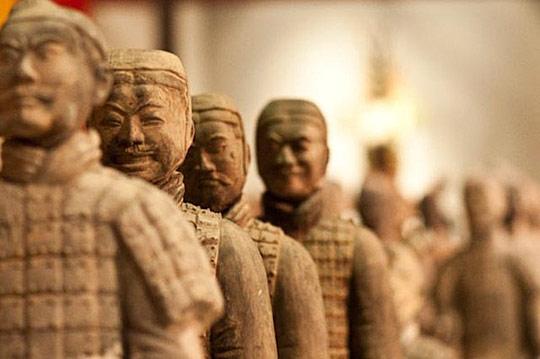 Discover the Terracotta Warriors in Xi’an: A Complete Guide to China’s Ancient Army
Discover the Terracotta Warriors in Xi’an: A Complete Guide to China’s Ancient Army 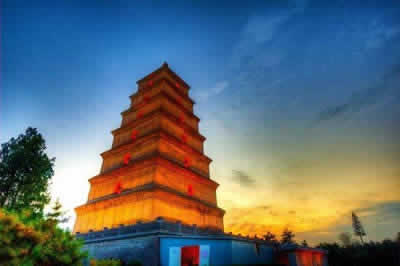 Big Wild Goose Pagoda
Big Wild Goose Pagoda1 to 1 tailor-made service from our professional travel advisors for the most sophisticated
Constantly excellent reviews for attraction, hotel and service Competitive price
Local experts provide quality tours Best selected knowledgeable local guides Authentic local restaurants
7*24 hours available to create you a worry-free tour. No Hidden Fees and absolutely no pressure to buy. Secured









Copyright © 2017 www.xianprivatetour.com All rights reserved. 浙ICP备18056007号-6